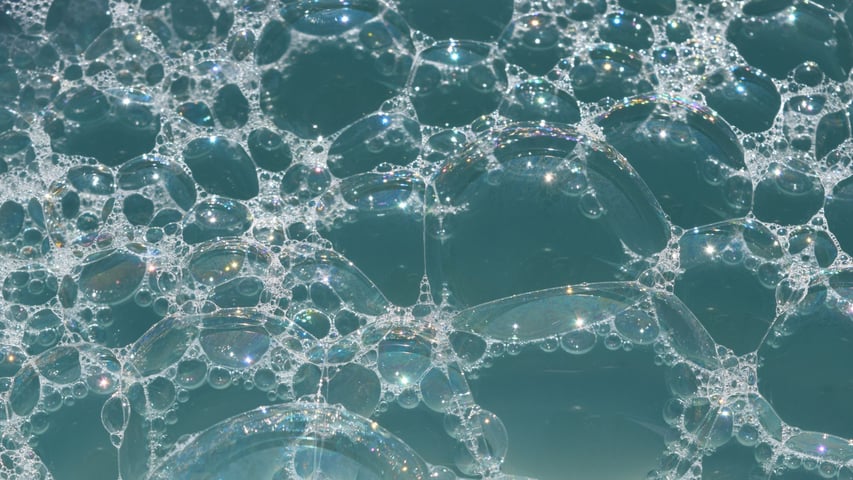
Surfactants are amphiphilic molecules that are used in several industrial processes and products to reduce surface and interfacial tension. Surfactants work as emulsifiers, wetting agents, and lubricants to name a few. Traditional surfactants cause a significant environmental issue as they accumulate in soil and water ecosystems. In addition, their usage in the food, pharmaceutical, and cosmetic industries is limited due to their toxic nature. For these reasons, biosurfactants have gained a lot of attention as a less toxic alternative to chemical surfactants.
Surfactants are amphiphilic molecules that include hydrophilic and hydrophobic parts. When in liquid, they orient themselves so that the hydrophilic part is in an aqueous solution and the hydrophobic part in air or oil. Surfactants are used in many industrial processes to reduce the surface or interfacial tension of the system. Surface tension decreases up to a point when micelles start to form. This point is called critical micelle concentration.
Biosurfactants have similar functionality as their chemical counterparts, but they are biological in nature. Biosurfactants are produced by a wide range of microorganisms such as bacteria, fungi, and yeast. The main advantage of biosurfactants is that they are environmentally friendly, less toxic, and biodegradable.
Chemical surfactants are typically classified based on the electric charge of the polar head group. Biosurfactants on the other hand are often divided based on their molecular weight to low- or high-molecular-weight. Molecules such as glycolipids and lipopeptides belong under low-molecular-weight and polysaccharides and proteins form the high-molecular-weight group.
The use of biosurfactants has been studied in multiple different industries. Due to their non-toxic or less-toxic nature, their use in the cosmetic, food, and pharmaceutical industries is especially of interest. In the pharmaceutical and medical industries, the diverse activities of biosurfactants such as anticancer, anti-inflammatory, and antiviral have further increased their appeal. Biosurfactants are also utilized in the petroleum industry in the bioremediation of oil spills.
Discover why PFAS-free coatings are needed, the challenges they present, and key strategies for developing high-performance alternatives.
Discover what carbon capture and storage (CCS) is, how it works, and why it’s vital for cutting CO₂ emissions and meeting climate targets.
Discover what biosurfactants are, how they work in pollution cleanup, why they’re the sustainable choice, and how their effectiveness is measured.
Bioremediation is a natural process that uses living organisms—primarily microbes, fungi, and plants—to clean up contaminated environments.
PFAS are often referred to as forever chemicals. Research efforts are focused on removing PFAS from the environment and finding ecological alternatives.
Interfacial tension and wettability are important parameters determining the success of the CO2 storage site.
